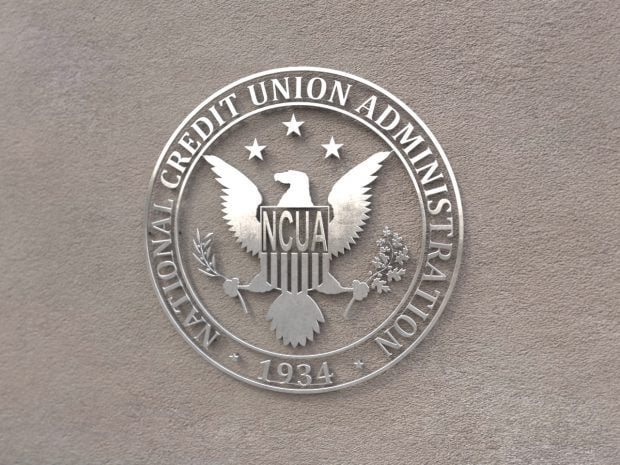While the NCUSIF's equity ratio is headed in the right direction, it's not clear how much it will benefit the bottom line of credit unions.
The NCUA reported that the funds' equity ratio was 1.3% at the end of both July and August and will likely end the year between 1.28% and 1.32%.
If the fund hits 1.3%, any additional money would be transferred to the Temporary Corporate Credit Union Stabilization Fund and could result in a smaller assessment next year.
Recommended For You
NAFCU Chief Economist Tun Wei said the trend is encouraging, but credit unions shouldn't necessarily count on getting a reduced assessment.
"Factors such as how much growth there is in the insured share growth rate and if the number of failed credit unions continues to decline are all going to determine what the fund's equity ratio is at the end of the year. Once that equity ratio is known, the cash needs of the corporate stabilization fund have to be considered before we know what, if any, benefits credit unions will see," he said.
NCUA Chief Financial Officer Mary Ann Woodson, who made the most recent projections for the equity ratio at the NCUA board's Sept. 22 meeting, plans to update her projections at the Nov. 17 meeting. NCUA Chairman Debbie Matz said the board plans to give a range for next year's assessment to pay for part of the corporate rescue at the November meeting.
The NCUA has highlighted recent pieces of good news for the credit union industry while acknowledging that the sluggish economy still poses significant challenges.
For example, the agency reported that the return on average assets ratio has grown from 51 basis points at the end of last year to 77 basis points at the end of the second quarter of this year.
Wei noted that almost all of the benefits from that improvement were offset by that 26 basis point improvements were offset by the 25 basis point assessment levied on credit unions last month to pay for this year's portion of the corporate rescue. Credit unions caught a break this year because unlike last year, there was no assessment needed to shore up the NCUSIF.
Wei hasn't projected what the assessment will be for next year because "I don't have access to all the information that they do when making their determination."
In March, CUNA updated its projections. It projected that this year's assessment would be 19.1 basis points, it was 25 basis points. Its projection for next year's assessment is 12.1 basis points. CUNA is projecting there won't be an assessment for the NCUSIF.
If the NCUSIF's equity ratio falls below 1.2%, the agency has to come up with a plan to restore it to 1.2%. If the ratio exceeds 1.3%, it usually means that agency pays a dividend to federally insured credit unions.
However, because of the need to repay the Treasury Department's loan for rescuing the corporates, there will be no dividend if the fund exceeds 1.3% at the end of the year.
State Employees of North Carolina Credit Union President/CEO Jim Blaine, who often criticizes the NCUA, said if the equity ratio continues to trend upward that reflects well on the agency.
"I'm not counting on [a lower assessment] yet, but I am happy that the tide is turning," said Blaine, whose Raleigh, North Carolina-based institution has $22 billion in assets.
Through August, the NCUSIF had a net income of $227.1 million. At the end of last year, when more credit unions were in financial difficulty, the agency had projected the fund would lose $372 million.
Among the factors helping the equity ratio are the reduced number of credit union failures and the reduction in the number of insured shares at CAMEL 4 and 5 credit unions.
There have been 13 natural person credit union failures through the end of August, and they have cost the fund $46.8 million. Of those, 12 have been involuntary liquidations, and one was an assisted merger. There were 28 credit union failures in 2010.
At the end of August, 3.96% of insured shares were in CAMEL 4 and 5 credit unions, compared with 5.04% in January.
The agency also reported that 16.75% of insured shares were in CAMEL 3 credit unions at the end of August, compared with 18% in January. In August 2010, the NCUSIF's equity ratio was 1.18% but was up to 1.29% by the end of October.
© 2025 ALM Global, LLC, All Rights Reserved. Request academic re-use from www.copyright.com. All other uses, submit a request to [email protected]. For more information visit Asset & Logo Licensing.







